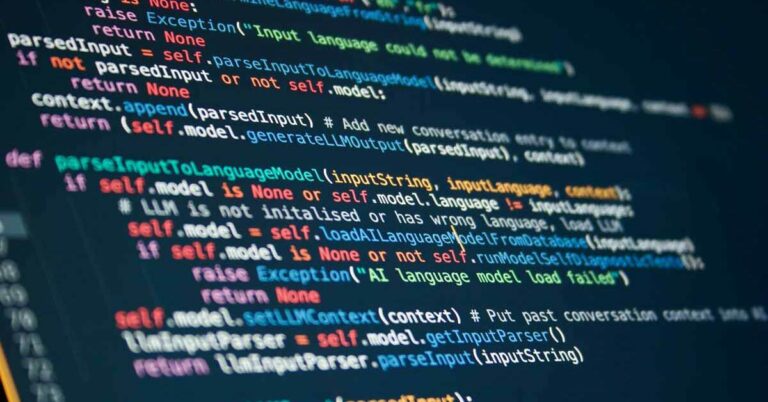
Organizations are investing millions of dollars enhancing the customer experience to help differentiate themselves from competitors and drive their digital transformations. The pandemic has helped to accelerate the pace of this change and also put a spotlight on the people that deliver this experience every day. The employee experience now requires a focus, but what are organizations doing to help transform it?
According to Harvard Business Review, organizations that invest in their employee experience are four times more profitable than those that do not. Determining what you want the experience to be and building it is complex and worthwhile from a financial standpoint but is not easy. In the “State of Digital Transformations,” MIT Sloan Management Review stressed that employee experience needs to evolve because employees are the true enablers of transformation success. We want to share how leading companies transform their employee experience and what your organization can do to maximize collaboration ROI.
Implement Workstream Collaboration Analytics
It comes as no surprise that a global pandemic has accelerated digital transformations, forcing companies to adjust to a remote-hybrid workplace with asynchronous collaboration. As organizations adapt to a new environment, those who have excelled have made a conscious effort to prioritize employee collaboration. As the dust begins to settle from the pandemic, it is essential to reassess usage and adoption of collaboration tools (i.e., Slack, Zoom, WebEx, Microsoft Teams, Dropbox, etc.) to understand your team’s performance and engagement.
To do this, analytics must go beyond productivity measures when defining employee engagement success — it should measure how effectively these tools impact outcomes. As leaders in digital transformation, we must redefine the employee collaboration ecosystem, and the first step is to apply customer segmentation techniques to understand employee needs. We can then align traditional operational and productivity measures giving us a baseline to understand effective employee collaboration. After this, we can assess the adoption and look for patterns that impact collaboration effectiveness. This is used to evaluate workstream collaboration tools’ adoption and employee collaboration ROI to help define what to adjust.
If you’re struggling to determine how best to interpret your organization’s workstream collaboration adoption, be sure to ask yourself the following questions:
- What are the desired outcomes for using workplace analytics, and what does successful adoption of collaboration tools mean?
- How will existing tools integrate with other applications, what does governance look like, and how do we ensure information protection and retention?
- What is the best way for our IT strategy and application rationalization to align with your workplace analytics tool of choice?
As you adopt some form of workstream analytics, we recommend continuing to experiment with your employee collaboration measures, despite a gradual return to the workplace. While people have been working remotely for about a year, there is not yet substantial data that will allow you to fully realize the opportunities of remote work. As you continue to collect information and adopt your measurement capabilities, you will better recognize effective employee collaboration tactics.

Augmentation Implementation
For years there was the stigma of robots replacing humans in the workforce, and while this has undoubtedly taken place in a handful of industries, the conversation has evolved. Organizations are now looking at robotics and digital technologies to augment employee productivity and performance. The focus has turned toward training people to work faster, smarter, and more safely. A recent example of where we’ve seen this is in Robotic Process Automation (RPA), particularly in the finance space. While RPA has been around since the early 2000s, the onset of COVID accelerated the adoption. The ease of integration, task automation, and efficiency was quickly brought to light in a world that demanded it.
To maintain a competitive advantage, organizations must learn new ways that enable people to be more efficient and effective in their daily workloads. For more information about RPA and how it can assist with augmentation efforts, read more about how it’s impacting the finance industry here.
Summary
How can you continue to progress the transformation of your employee experience? Through data, insights, and actions. We recommend focusing your efforts on tools that can provide data to help you understand which employee activities and behaviors will lead to better outcomes. Once you have aligned, understood, and adopted, you can identify collaboration patterns and adjust your tactics to impact productivity and effectiveness. We also recommend initiating an ongoing education program for your entire organization. If this isn’t feasible, start with sharing the information provided to leadership and share it across your team.
As we continue to be affected by the events of COVID-19, leaders must focus on the employee experience with the same focus as the customer experience. This transformation has been accelerated, and it’s essential to remain agile as you adopt new practices and technology.
About the Author
Amber Román is a pragmatic leader with 20 years of experience spanning a well-rounded enterprise view of technology, business operations, and product/service aspects of organizations. She leads the Delivery Leadership practice for AIM’s Chicago office, bringing her practical and hands-on experience. She leads teams in ways that connect them to strategic intent with adaptable execution frameworks to deliver tangible results.
Get In Touch
Whether you need help with technology strategy and implementation or have an in-flight project in need of additional resources, AIM is here to help.
Fill out the form below and one of our experts will be in touch.




